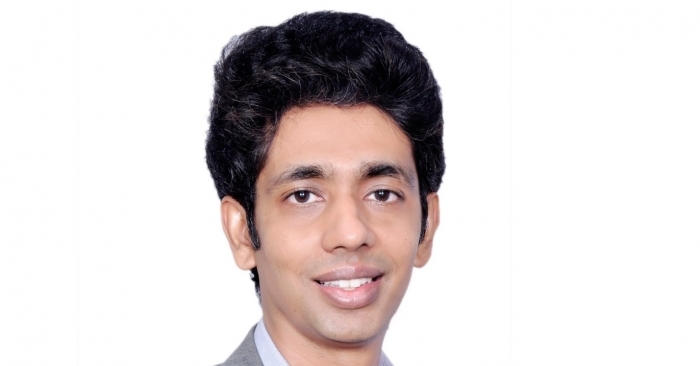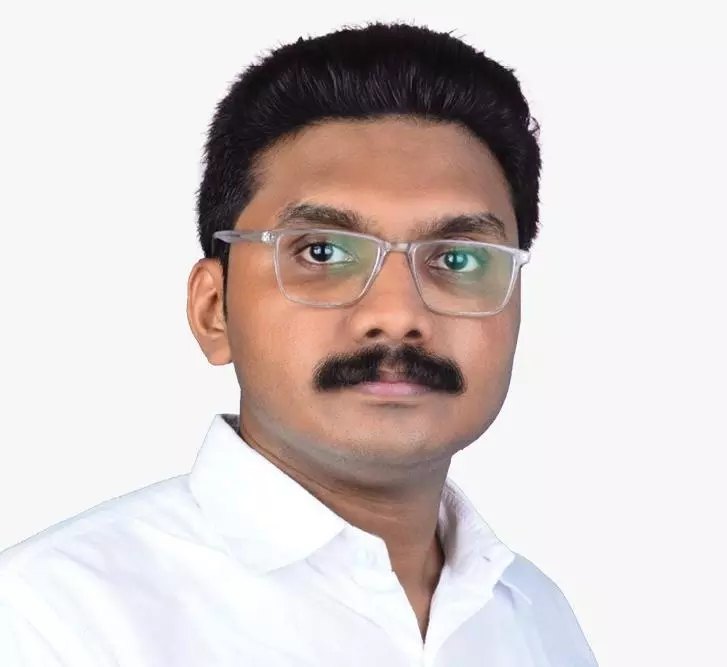CargoFL pitches to central govt with tech solutions for oxygen logistics chaos
May 1, 2021: CargoFL, the cloud-based B2B technology platform for logistics developed by Innoctive Technologies, pitched to the central government of India with a range of technology solutions to deal with the medical oxygen logistics challenges in the country.

May 1, 2021: CargoFL, the cloud-based B2B technology platform for logistics developed by Innoctive Technologies, pitched to the central government of India with a range of technology solutions to deal with the medical oxygen logistics challenges in the country.
Deepesh Kuruppath, founder and chief executive officer of CargoFL, said, “For example, if 10 hospitals in Pune are demanding a certain number of medical oxygen units they need, it has to go to a central place where the nearby supply points can be identified and determine how much units have to be purchased from each depending on the availability cryogenic tankers and regulations to comply with. For that, we have a solution in CargoFL in place. The platform can record the need from the demand side and availability from the sourcing points. The authority which is managing the operations can decide where to source it for a particular demand.”
He has identified three important challenges in the supply chain. “First, for oxygen transportation, we need special-purpose cryogenic tankers and there is a severe dearth of these tankers. Secondly, most of these tankers in the market today are not GPS enabled and with drivers changing hands the SIM tracking gets ineffective. Thirdly, the demand & supply locations i.e. hospitals & locations that produce oxygen are getting added into the equation dynamically. So the need of the hour is a superb tech that can accommodate these dynamics and help government get enhanced visibility and control," he said.
“We will onboard four types of stakeholders. 1. People who are producing it. 2. People who are receiving it. 3. Transporters 4. The central controller (government or NGOs). All of them will have our login id, password and a mobile app which will give them real-time visibility and better control on the movement of medical oxygen,” he added.
Meanwhile, he disagreed with the premise that the logistics challenges are caused by the sudden shift to the multi-point pick up model but he points to the shortage of cryogenic tankers and the supply chain inefficiencies as the real reasons.
"The good news is everyone is coming together i.e. the government, the NGO’s and the businesses are all in together solving this problem. However, without a cutting edge tech, it’s not possible to tie these loose ends. CargoFL is currently pitching its cutting edge tech to the government on how its technology can connect these dots, add-in visibility thereby brings in control to oxygen demand, supply & fulfilment requirements," he added.
They have already completed level 1 of discussion with the central government and informed that also did a presentation to officials.
For a question on what makes CargoFL different from their competitors who are also pitching for the same, Kuruppath said, “The end-to-end structuring involving all stakeholders is not something available with everyone. CargoFL is very much focused on transporters. Our core is not the business but the transporters. For all of my competitors, their core is the business and give only basic features to the transporters. With our platform, transporters could do accounting, billing, order management, reporting, tire management, battery management and inventory management. We are a complete Cloud ERP for the transporter.”
“The objective is to plan the distribution of medical oxygen across all states. Across the country, supply points are increasing in a dynamic way. Many factories are converting themselves into oxygen pumping stations. So the supply stations are also growing. All of a sudden you have a sugar factory that got converted into an oxygen factory or a machine plant now installed an oxygen production. The demand sources are also growing. Like there are hospitals that are becoming exclusively for Covid-19 while some others are moving out as well. So the challenge is how we can match the demand and supply,” he said.
“The central authority will be able to issue an indent for the particular supplier. The supplier will have to acknowledge that I can supply it. He should be able to send a truck and upload the photographs and all relevant documents. The hospitals will get an automatic notification with the approximate time of delivery. Once the cylinders are unloaded, the system gives the capability for the driver to take pictures and upload to confirm the delivery,” he added.

Libin Chacko Kurian
Assistant Editor at STAT Media Group, he has six years of experience in business journalism covering food & beverage, nutraceuticals and now logistics. His current passion is to understand the nuances of global supply chains and their current turmoil. Outside work, he is also interested in philosophy, history, birding and travelling. Mail him: libin@statmediagroup.com Follow on LinkedIn


